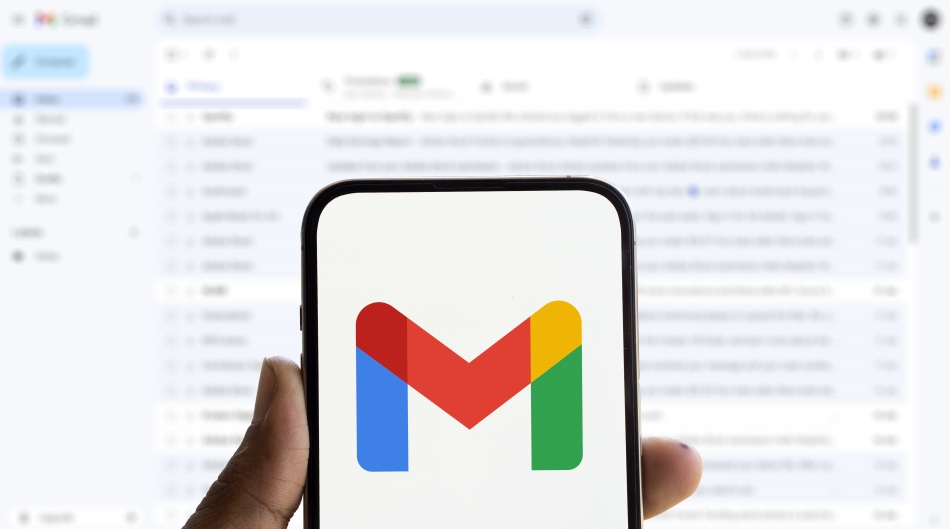
Google has announced a significant upgrade to Gmail for enterprise, now giving the ability to send end-to-end encrypted (E2EE) emails to any inbox with minimal setup.
Starting today, Gmail users in participating organizations can begin sending E2EE messages within their own domains, with support for all Gmail users rolling out in the coming weeks — and broader cross-platform support expected later this year.
Previously, enabling E2EE required complex Secure/Multipurpose Internet Mail Extensions (S/MIME) configurations, certificate exchanges, or reliance on cumbersome proprietary tools. Google's update strips away those layers of friction, offering a simple UI-driven experience that abstracts the underlying cryptographic complexity from end users while maintaining strong data control for IT administrators.

Gmail, a flagship service within Google Workspace, is widely used by enterprises, educational institutions, and government bodies across the globe. Its default encryption model — protecting data in transit and at rest — has long offered baseline protection. However, this new E2EE feature adds client-side encryption (CSE), allowing organizations to store and manage their own encryption keys outside of Google's infrastructure, ensuring that even Google cannot access the content of protected emails.
The rollout involves several key mechanisms:
- For Gmail-to-Gmail communications, messages are encrypted and seamlessly decrypted within the native Gmail interface.
- For external (non-Gmail) recipients, Gmail sends a secure access invitation that opens the message in a restricted, web-based version of Gmail, requiring a guest Workspace account.
- For recipients already using S/MIME, Gmail continues to support secure message delivery via the legacy protocol.
Additionally, IT administrators can enforce stricter controls by requiring all external recipients — including Gmail users — to access messages through the restricted interface. This ensures that sensitive data is never stored on unmanaged devices or third-party servers and offers administrators persistent access controls, akin to how files are managed in Google Drive.
These capabilities are backed by Workspace's CSE architecture, which encrypts data on the client side before transmission or storage, helping organizations meet data residency and compliance obligations such as GDPR, HIPAA, and ITAR.

Alongside E2EE email, Google also announced the general availability of several complementary security enhancements for Gmail:
- CSE Default Mode, allowing admins to enforce encrypted email by default for high-risk teams.
- Classification Labels, which help users identify and handle sensitive communications.
- Data Loss Prevention (DLP), which automates protective actions based on message sensitivity.
- A new AI threat detection model, augmenting Gmail's existing spam and phishing defenses with broader behavioral analysis.
For organizations interested in early access, enrollment is available now through Google Workspace's early adopter program. Full documentation and demonstrations will be featured at Cloud Next '25 later this year.






April Fools joke?